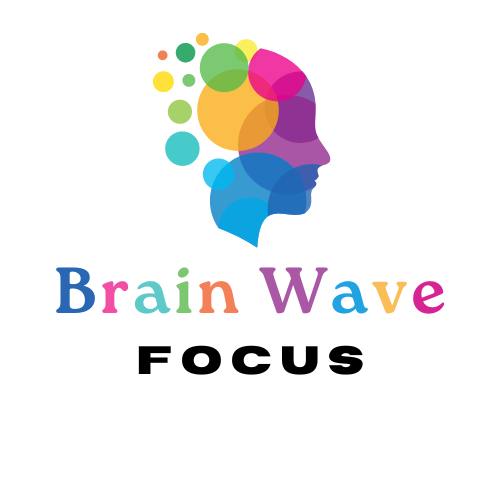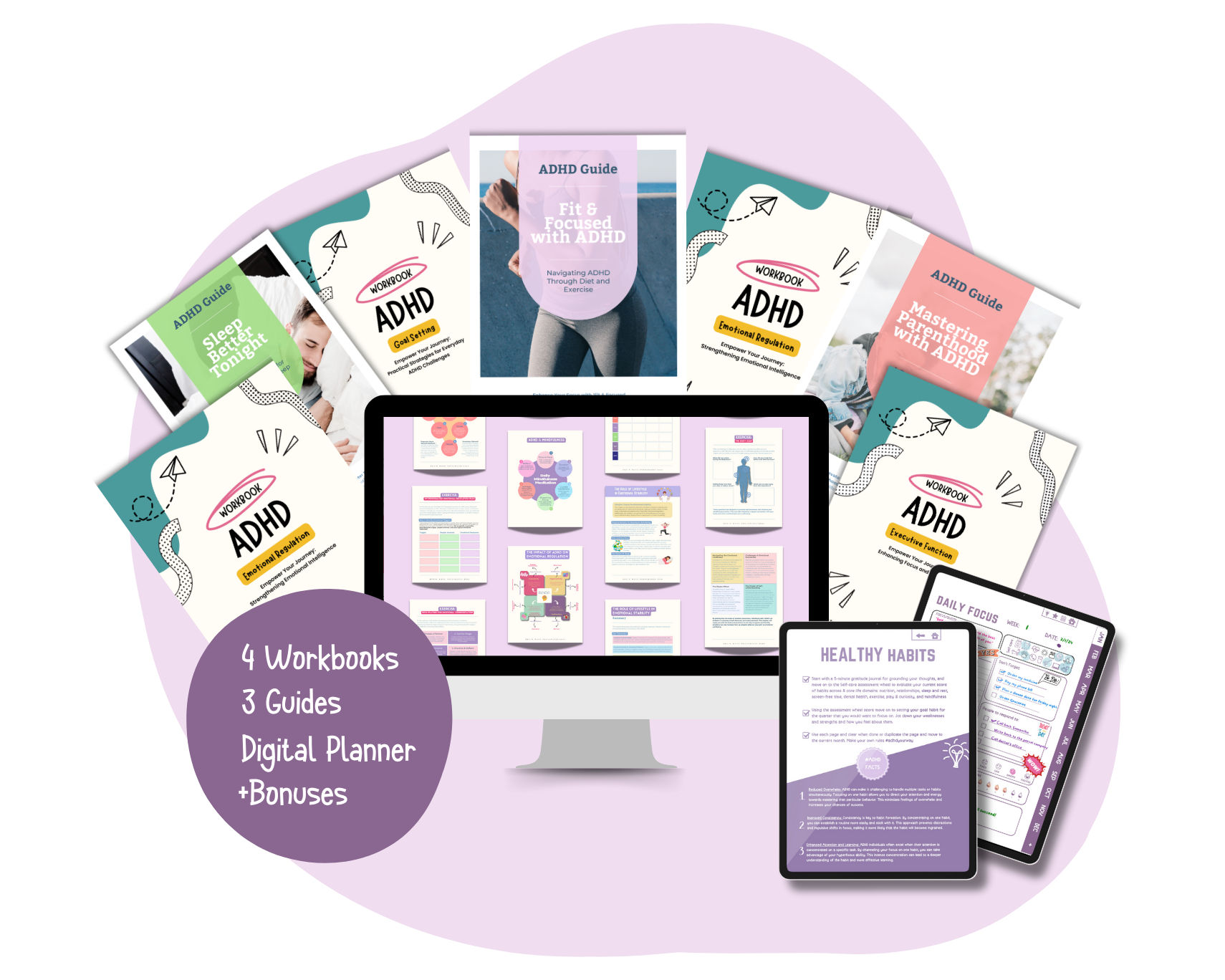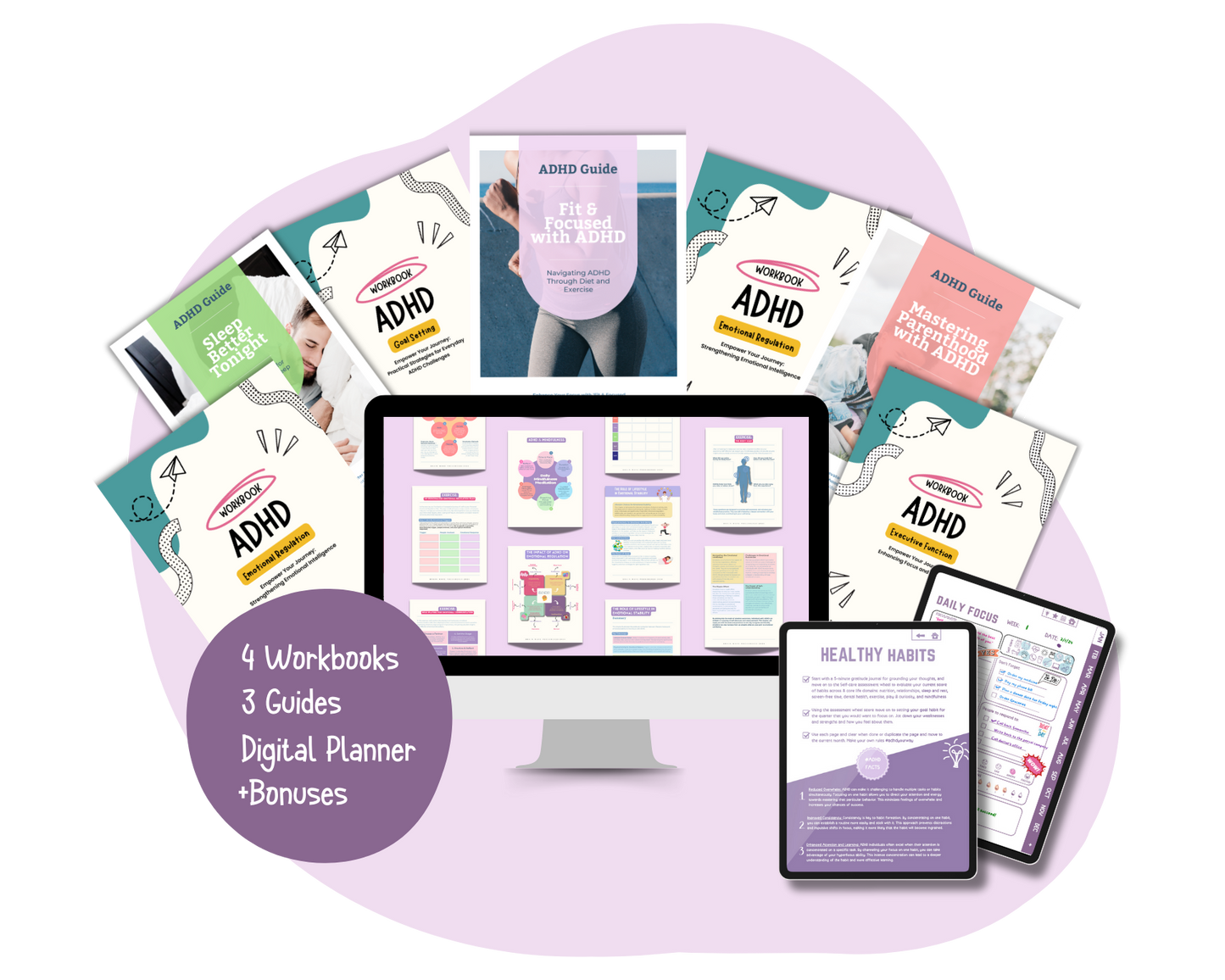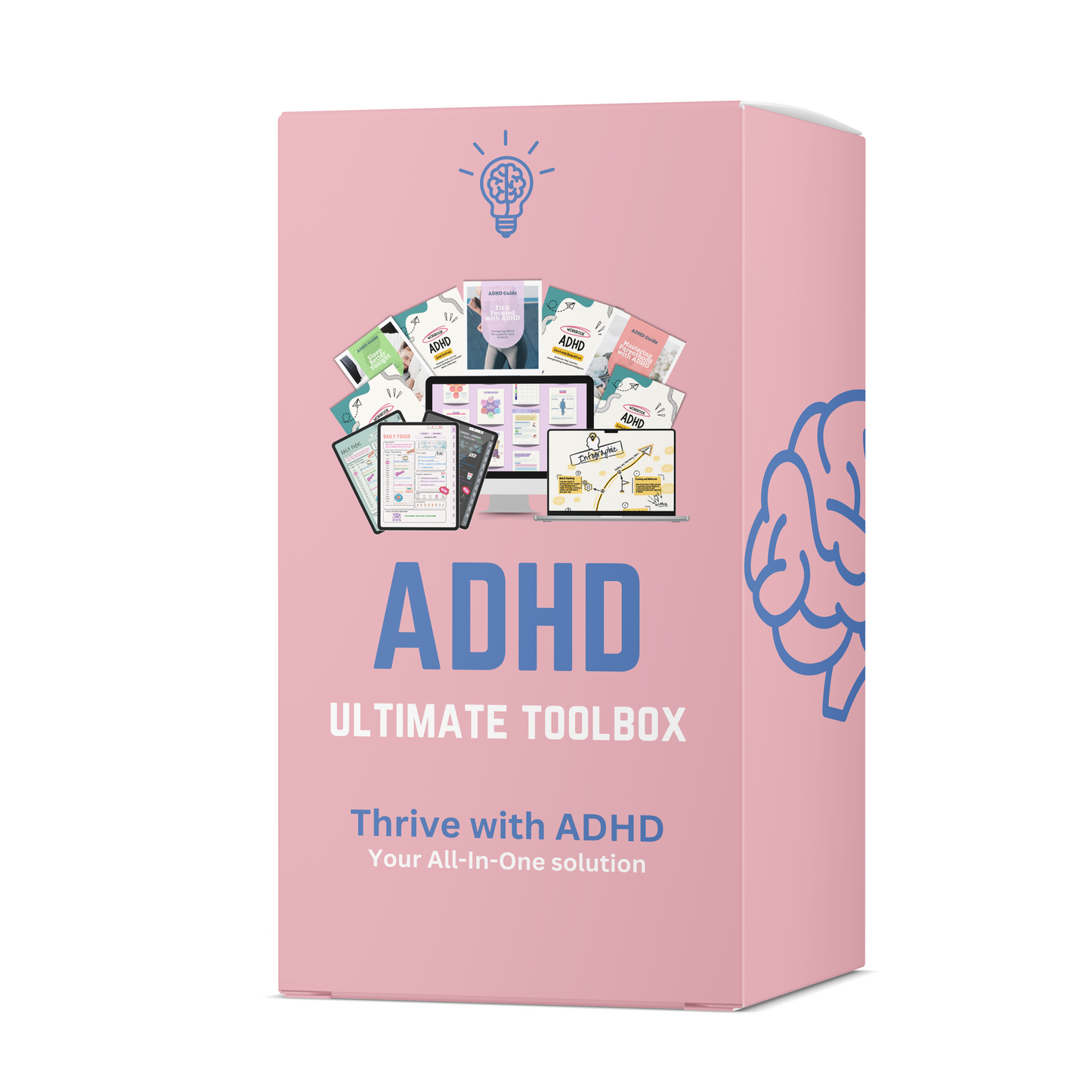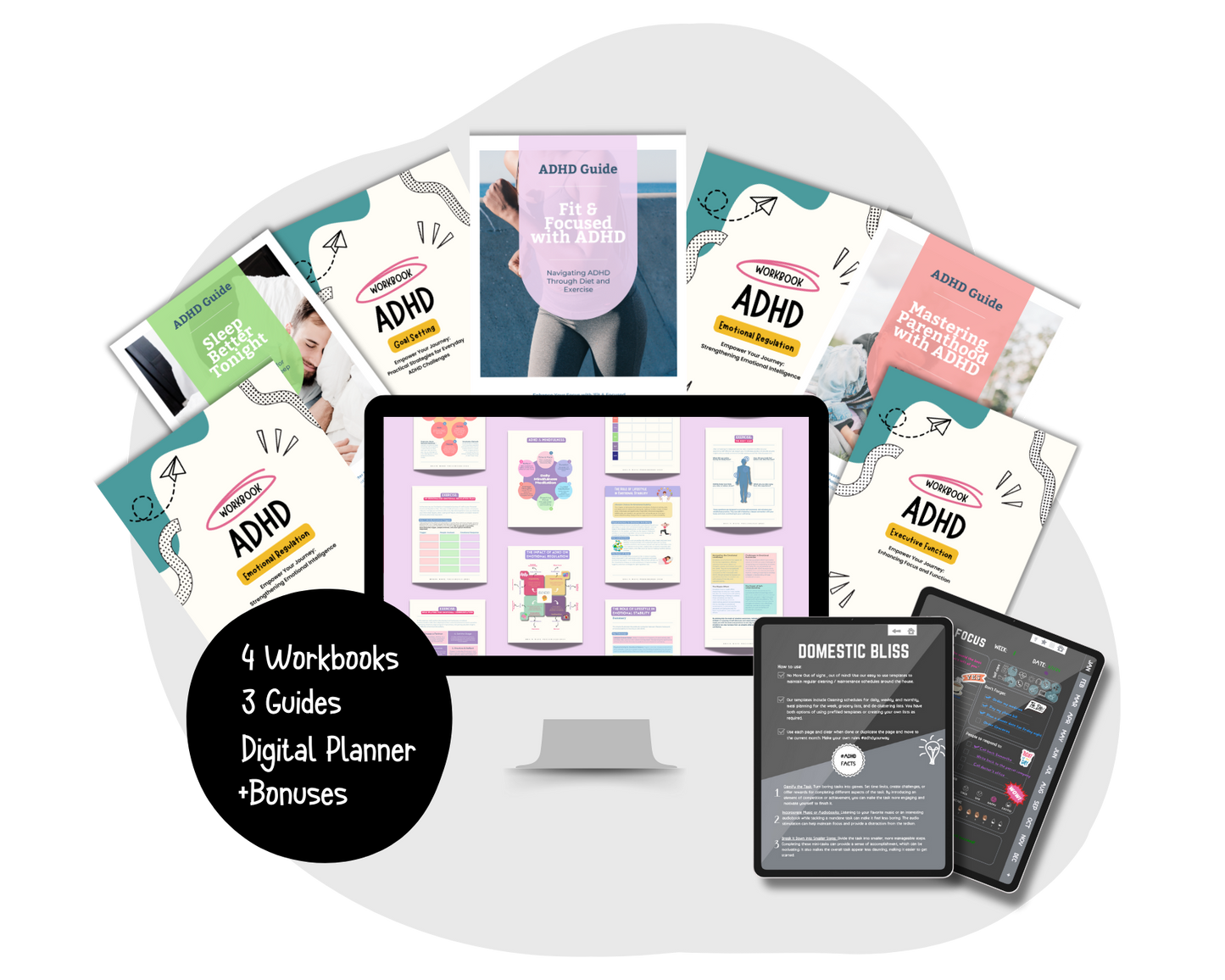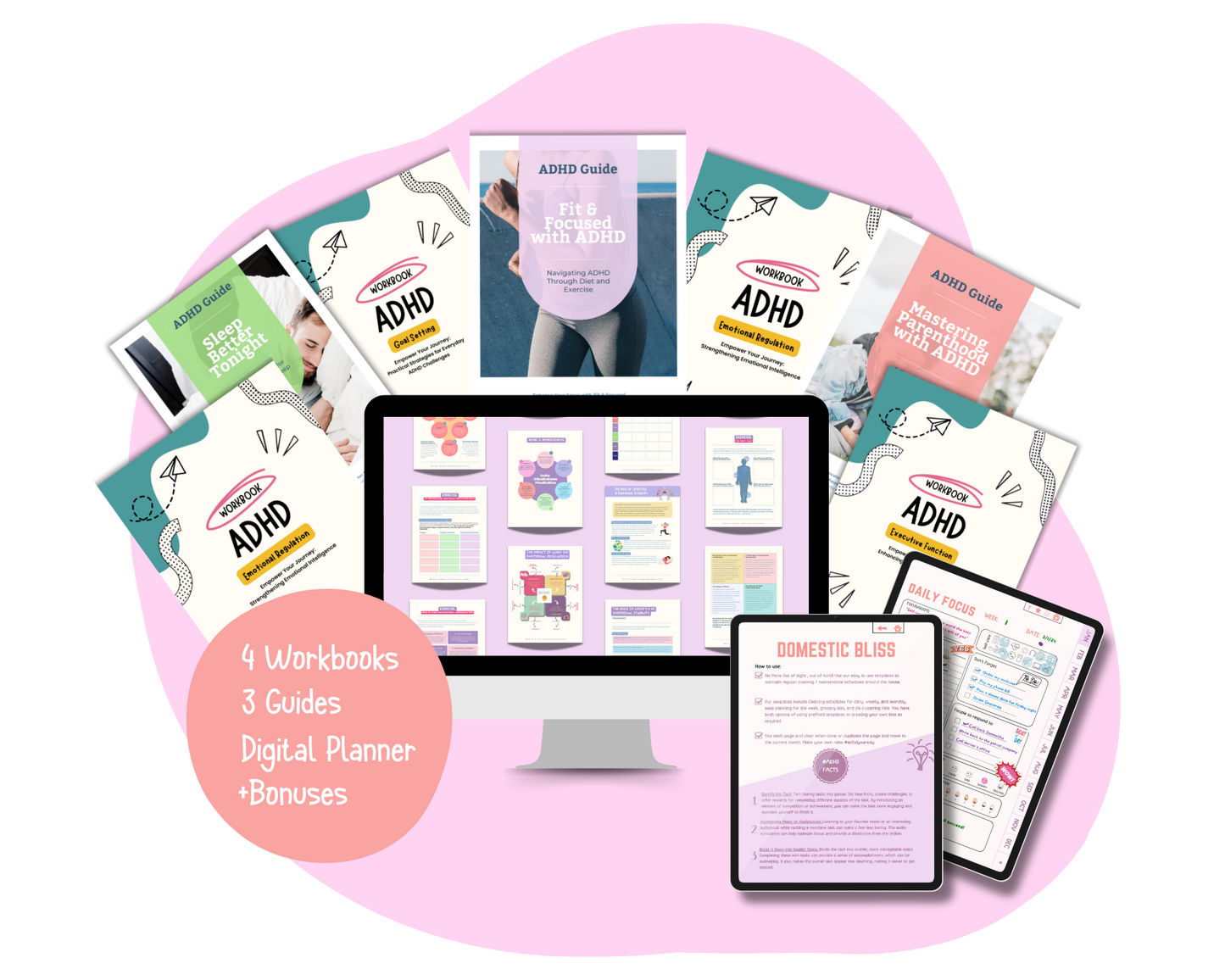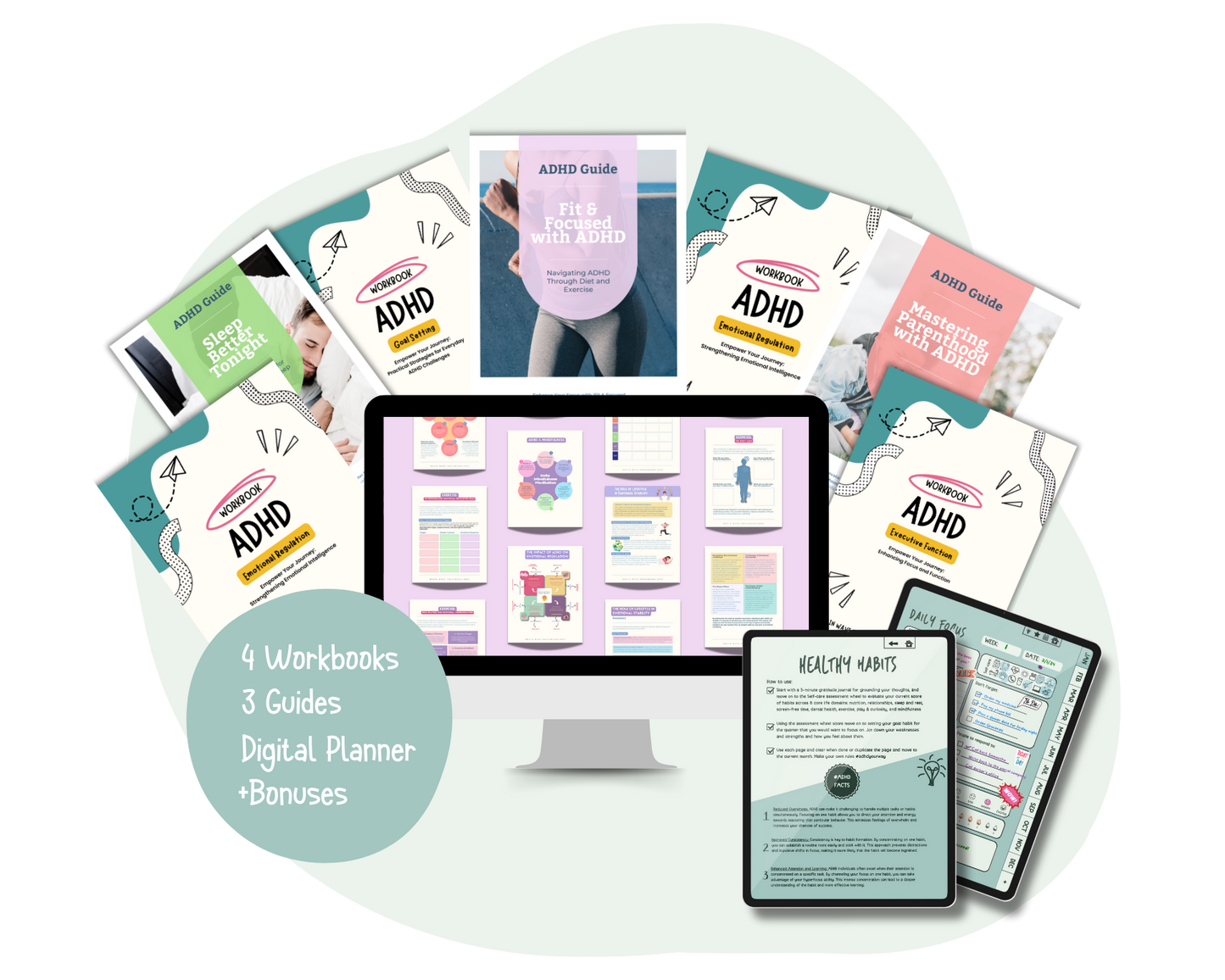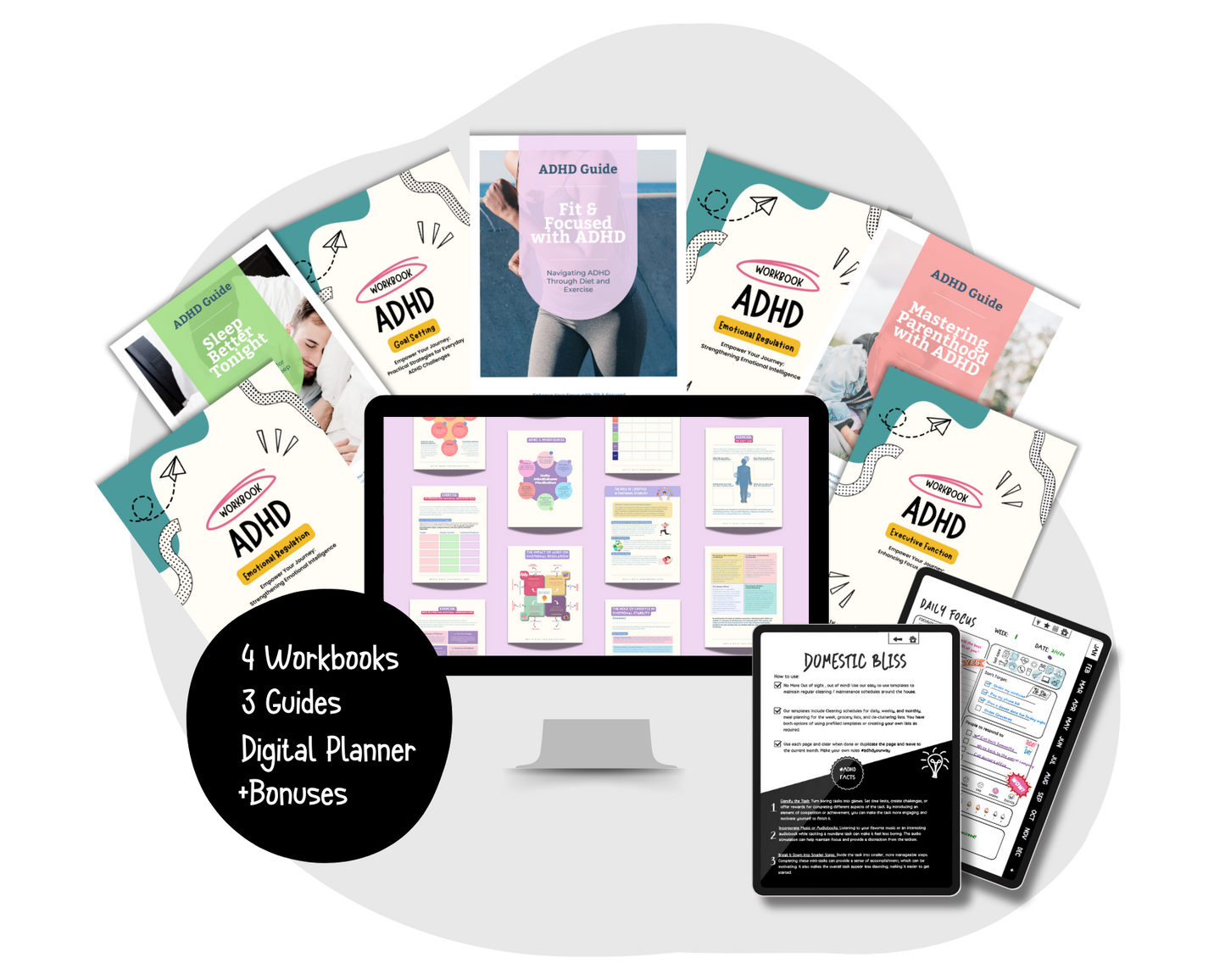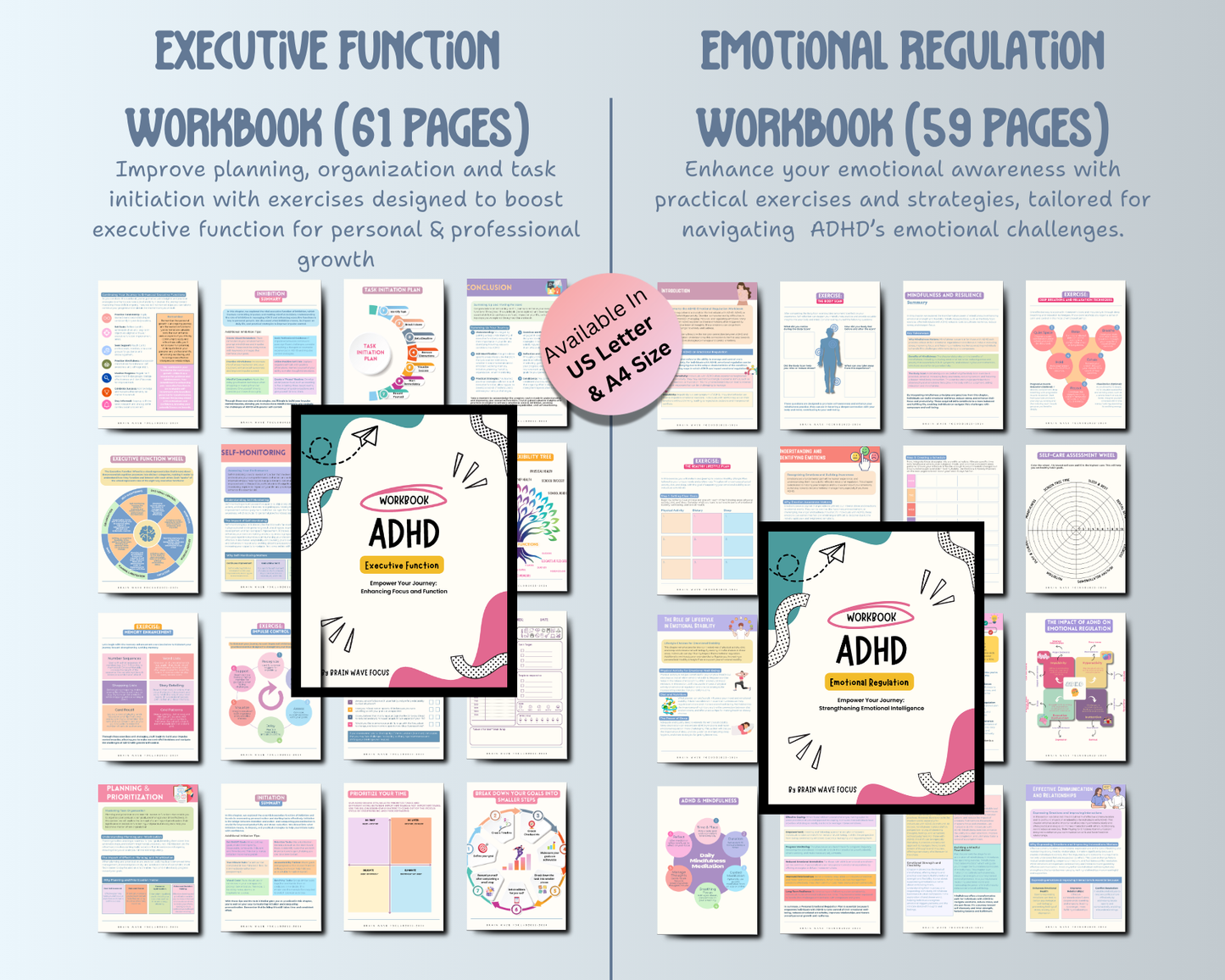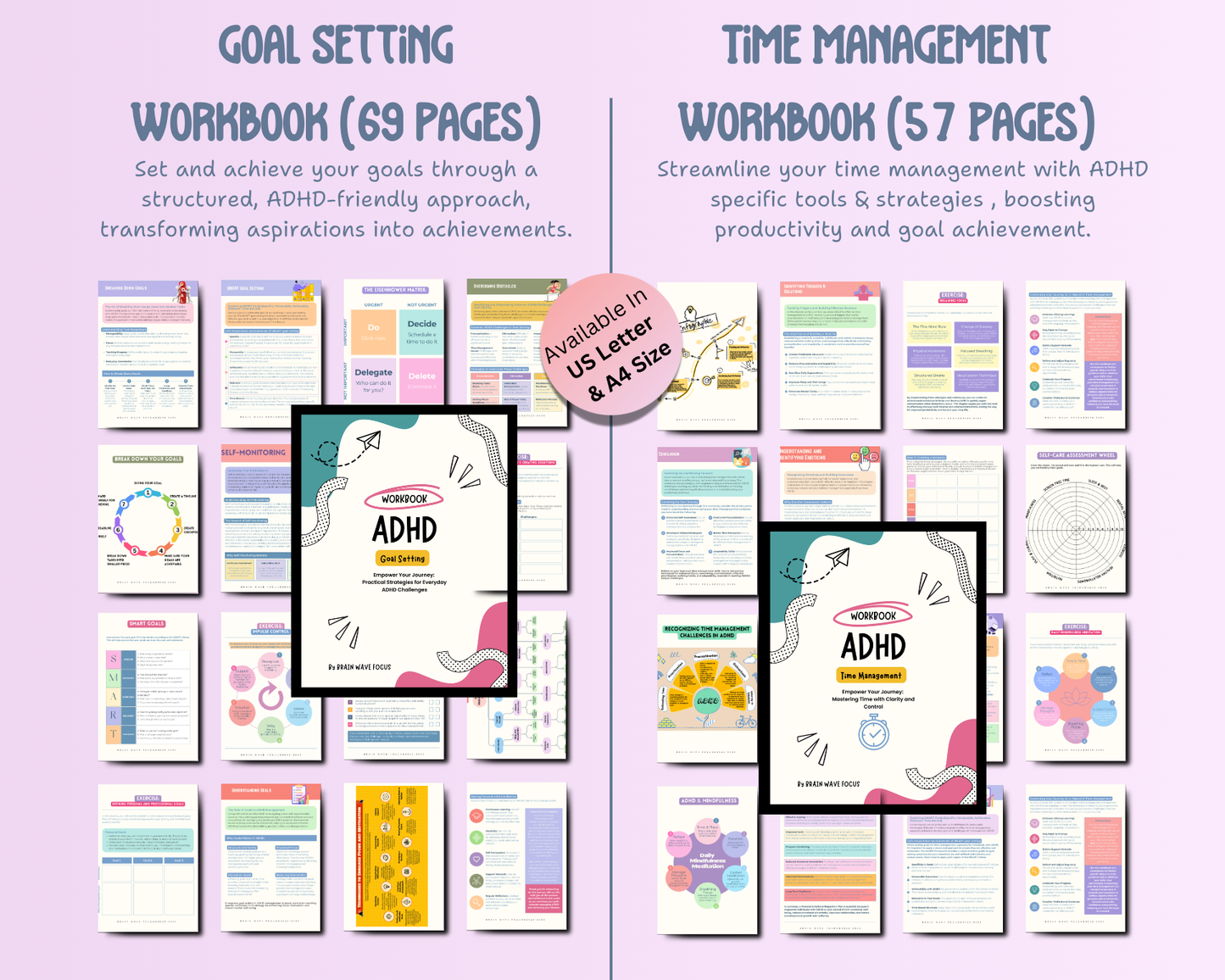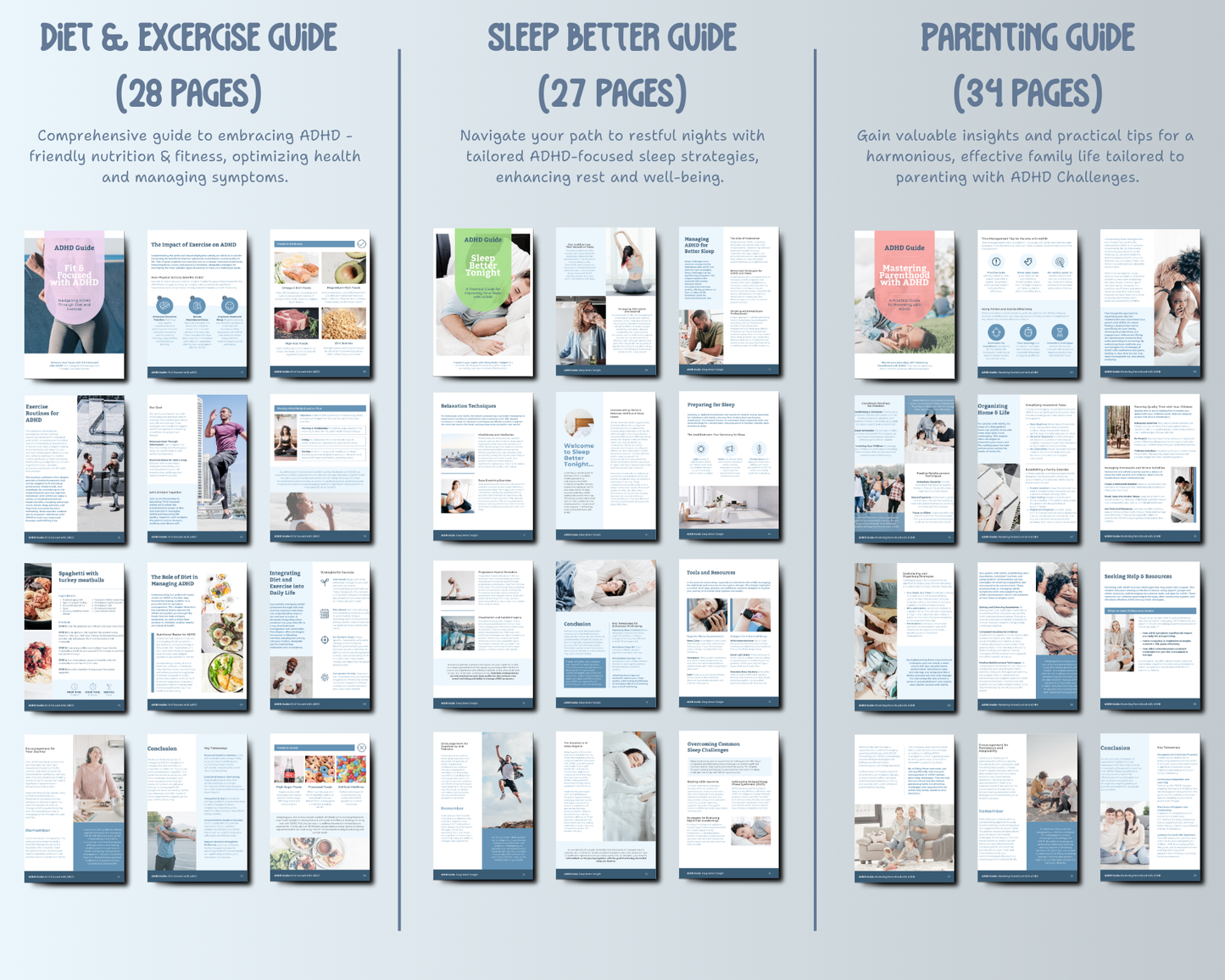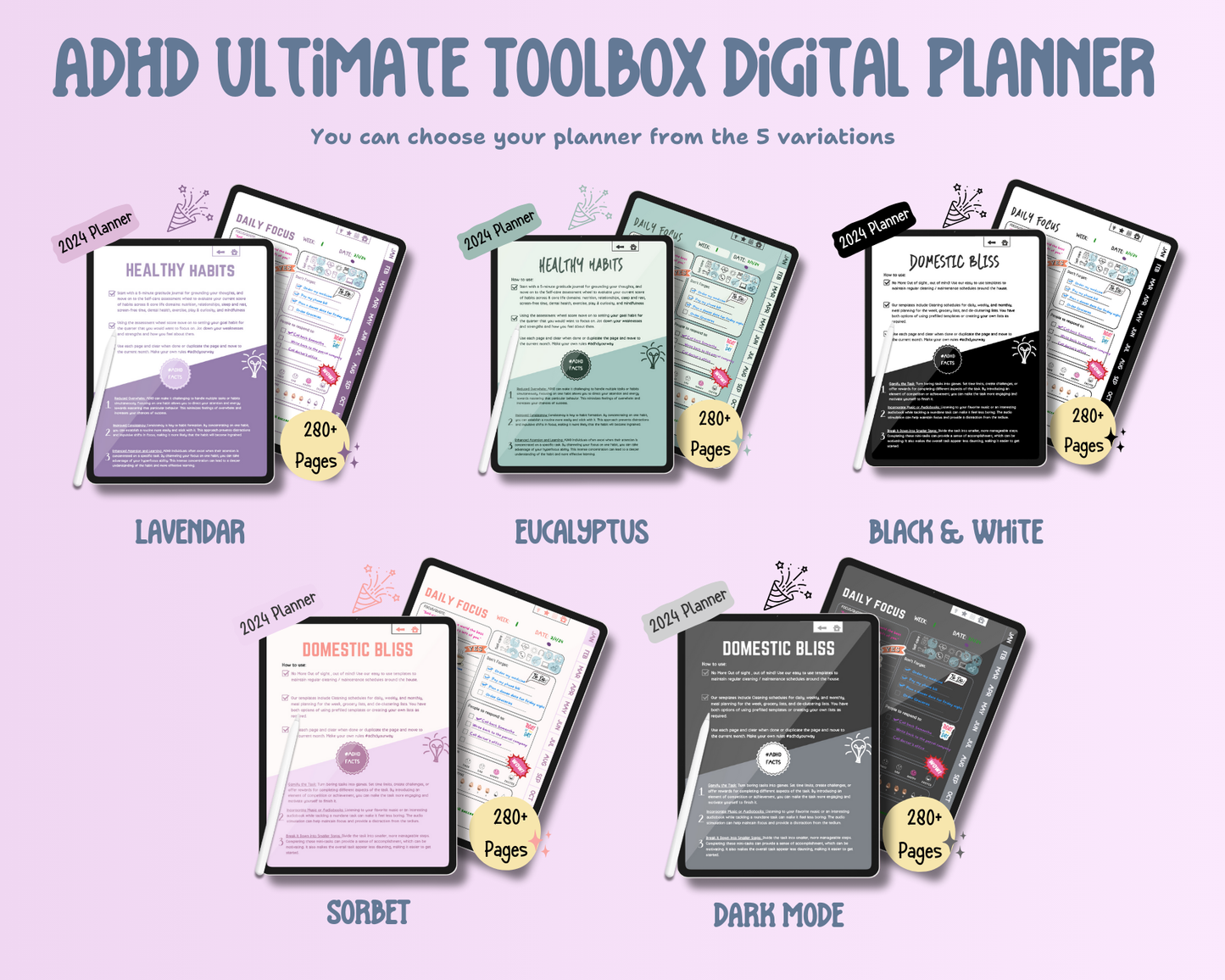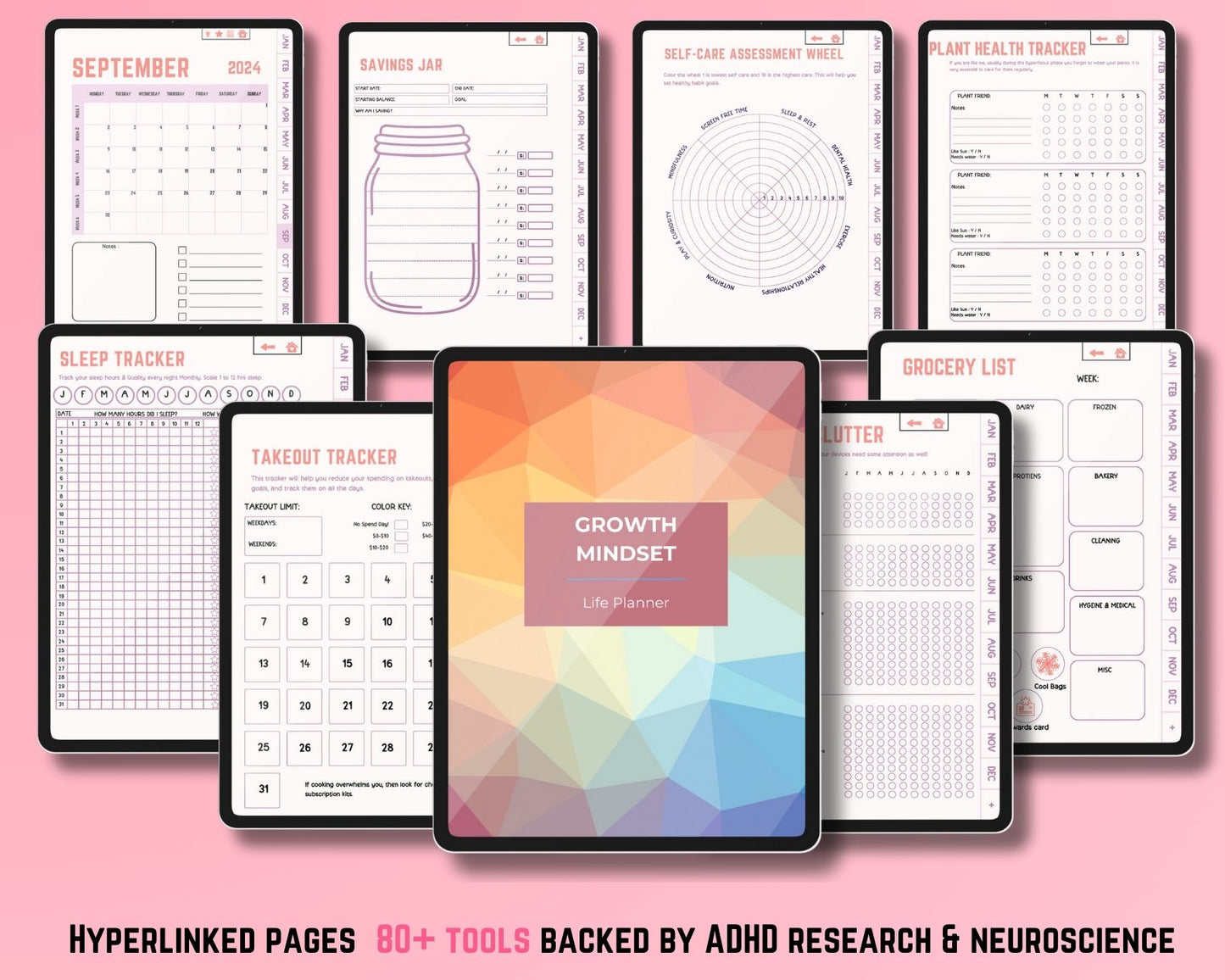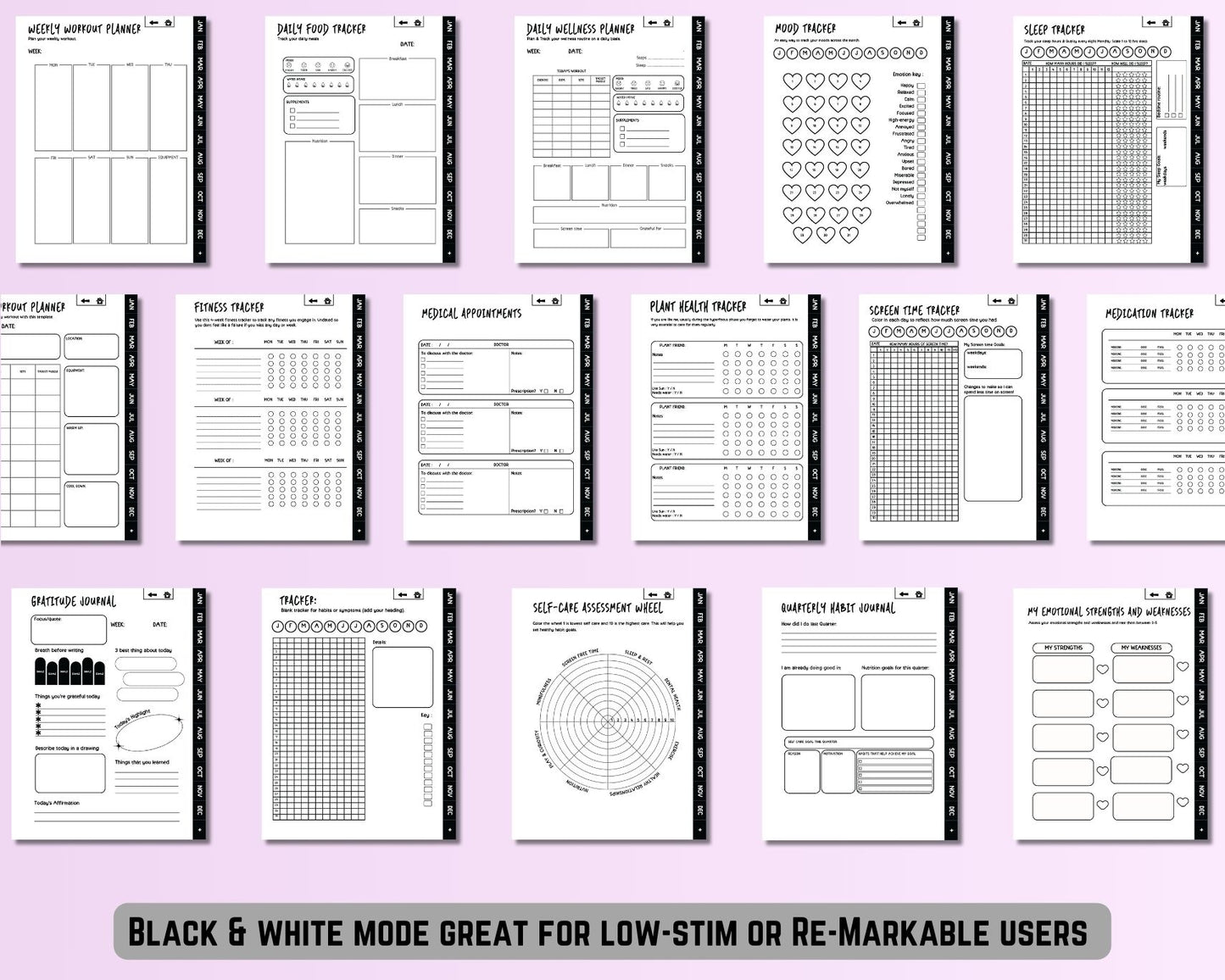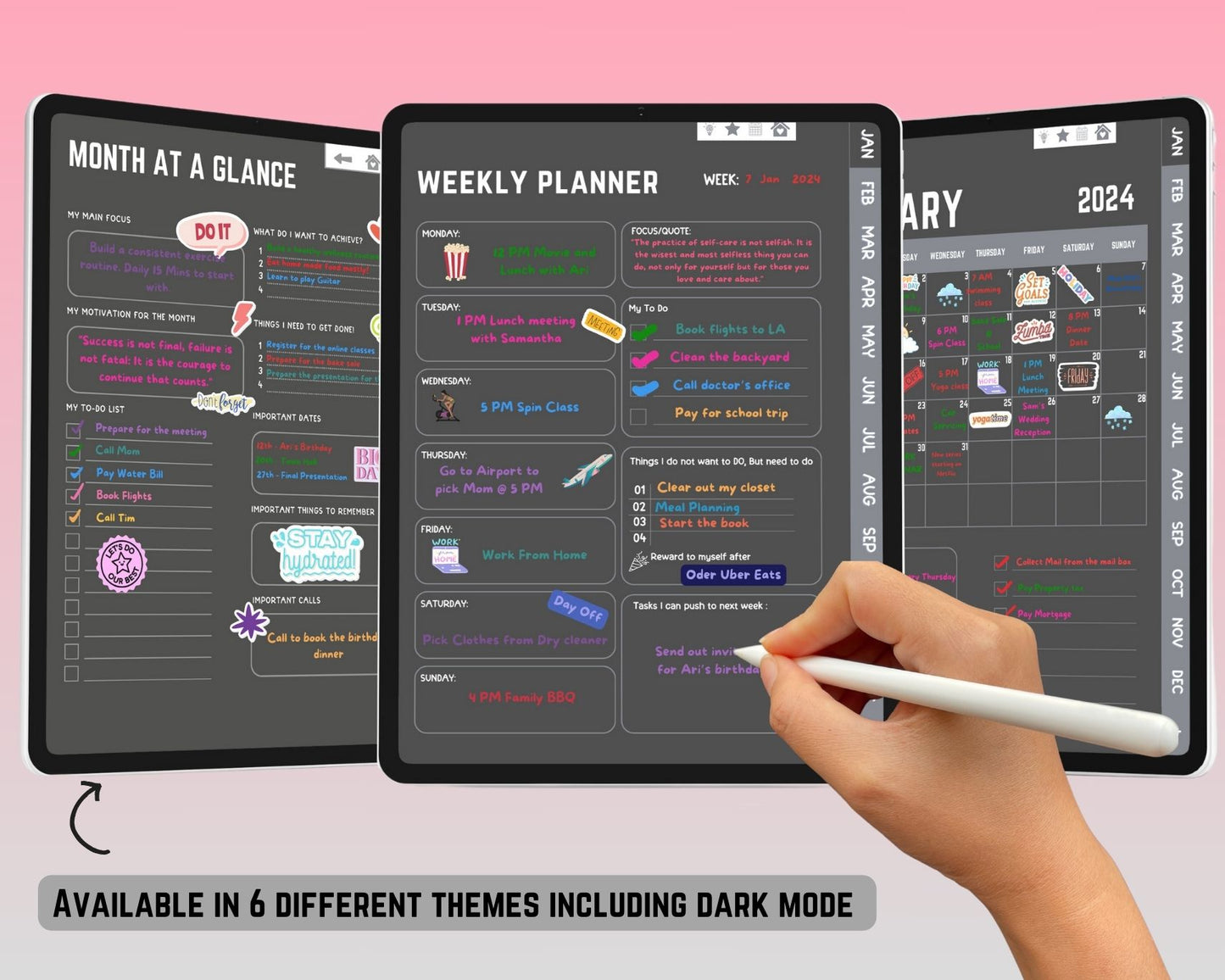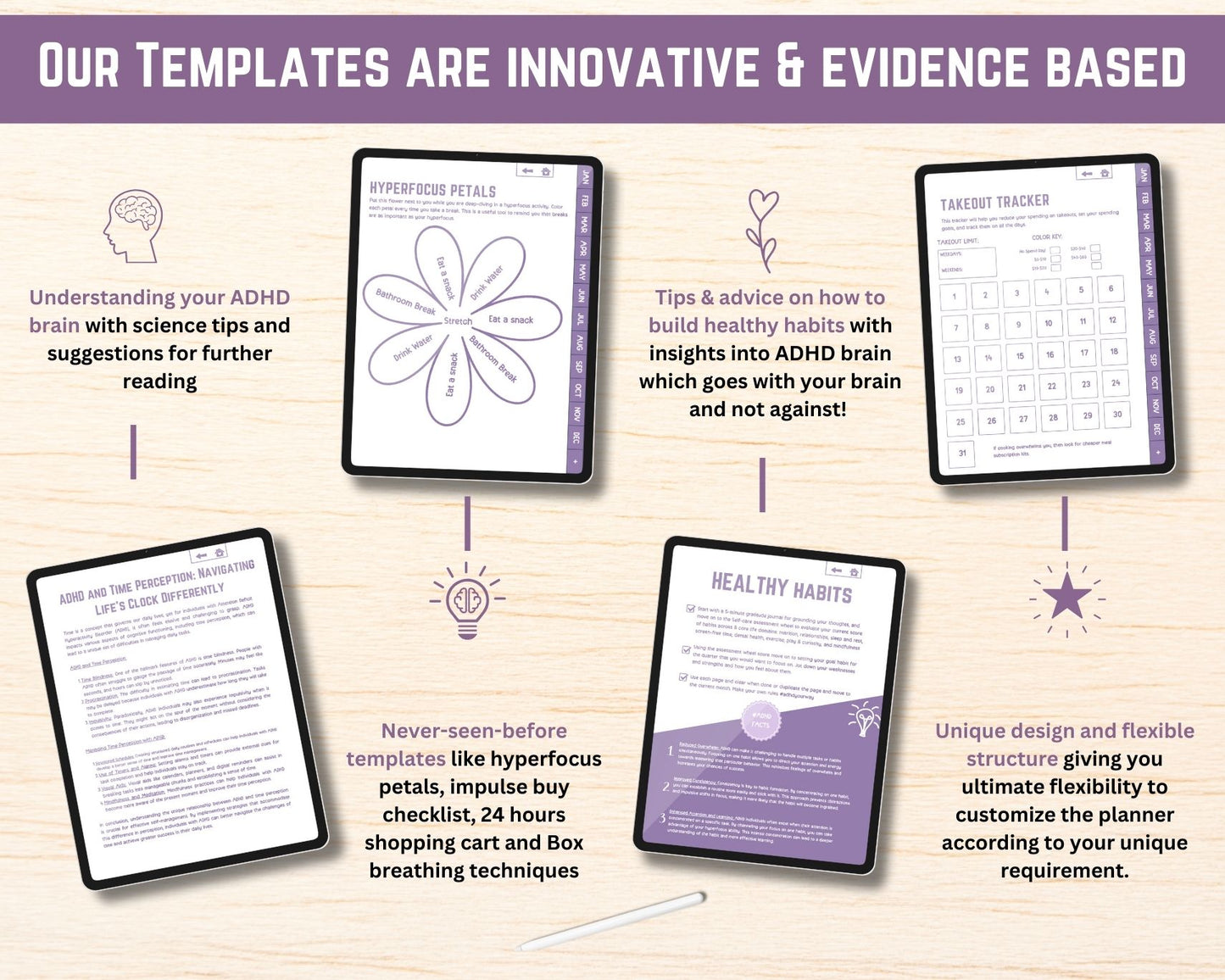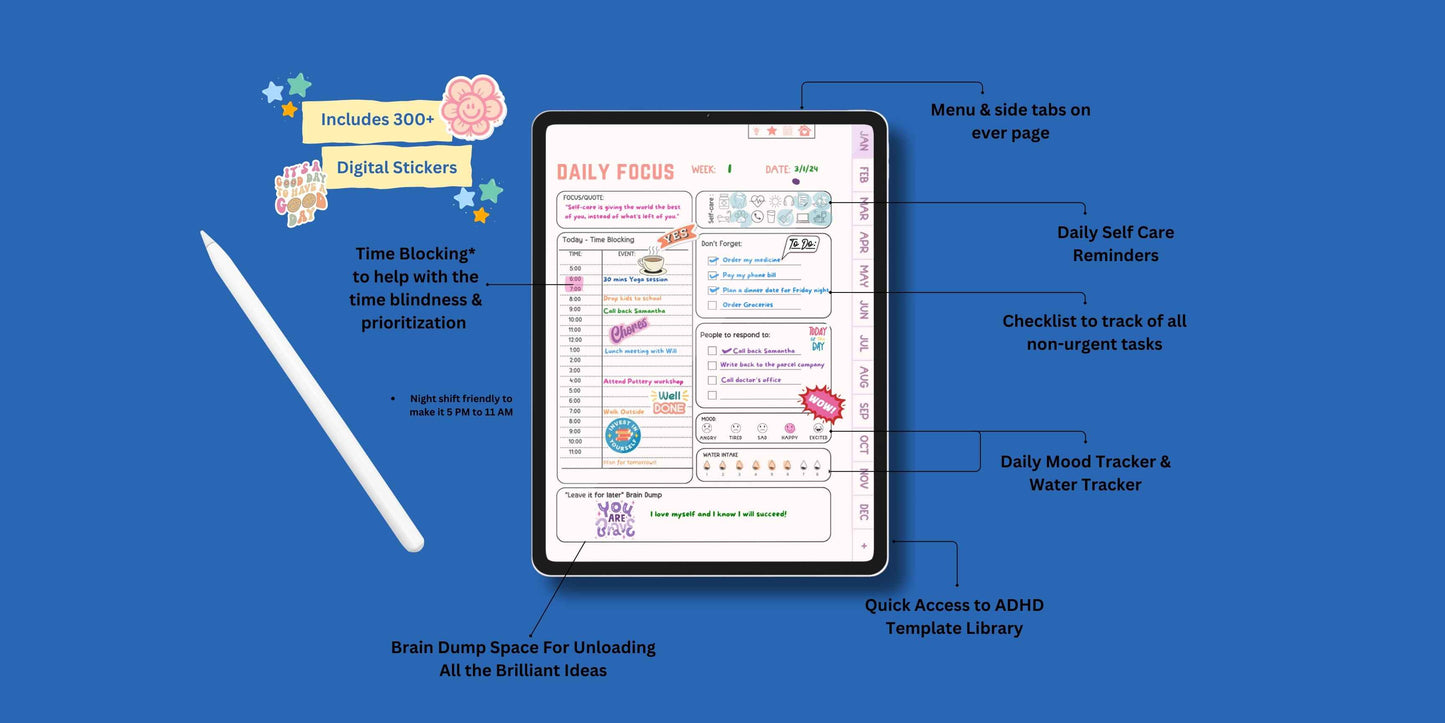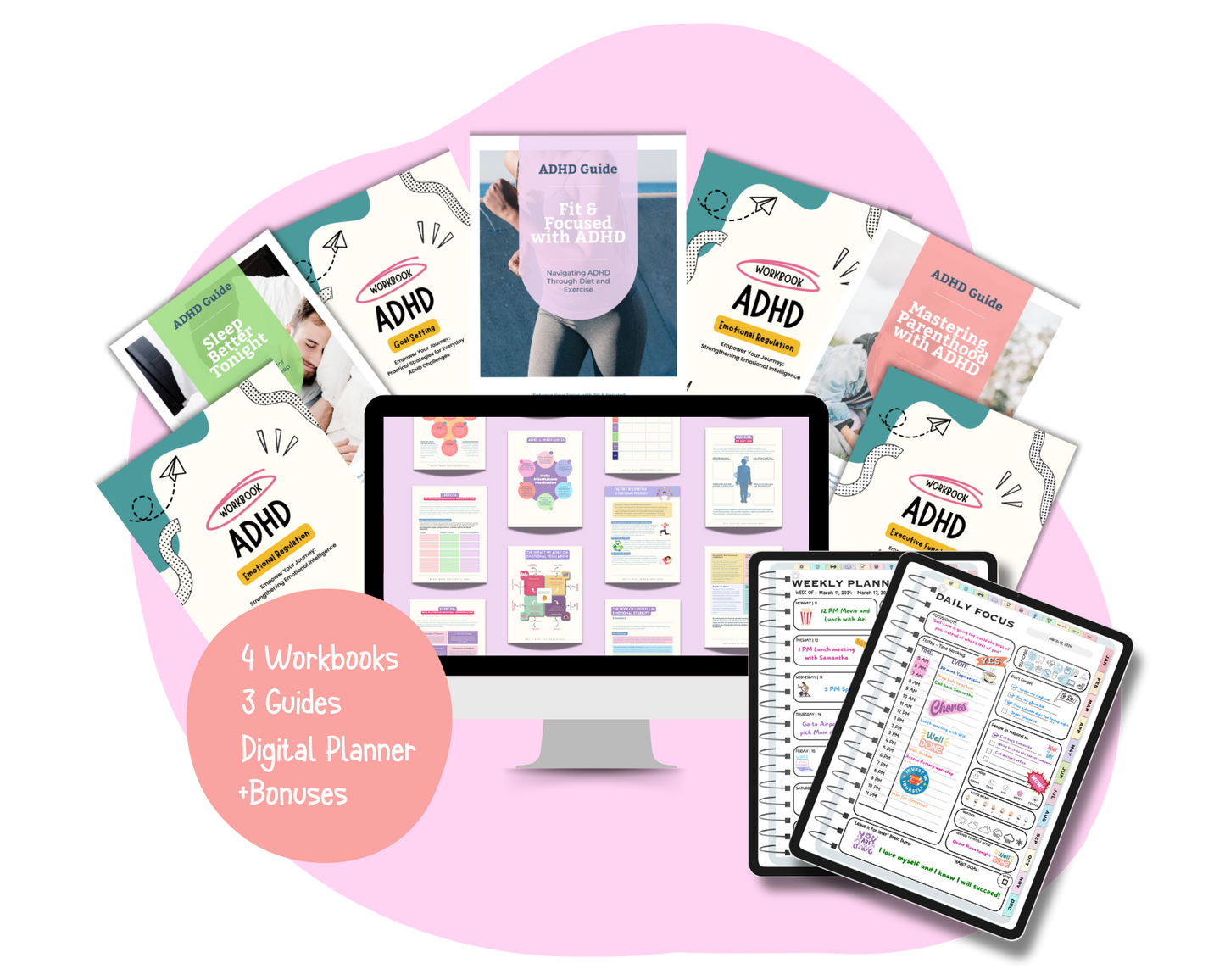ADHD (Attention-Deficit/Hyperactivity Disorder) and anxiety are two distinct conditions, but they are often mistaken for one another due to overlapping symptoms. While they may coexist, understanding their differences is essential for accurate diagnosis and effective treatment.
Why Are ADHD and Anxiety Confused?
Both ADHD and anxiety can cause restlessness, trouble concentrating, and impulsivity. For instance, an individual with anxiety may struggle to focus because their mind is preoccupied with worry, while someone with ADHD may have difficulty maintaining focus due to a lack of mental regulation. Similarly, fidgeting and hyperactivity in ADHD might be misinterpreted as nervous energy caused by anxiety.
Moreover, people with ADHD often experience anxiety due to difficulties managing tasks, meeting deadlines, or navigating social situations—leading to an overlapping presentation of symptoms. This overlap can make it challenging to distinguish between the two, particularly when they coexist (a common occurrence).
Key Differences Between ADHD and Anxiety
-
Core Cause of Focus Issues:
In ADHD, focus issues stem from an inability to sustain attention. In contrast, anxiety-driven focus problems arise from excessive worry or fear distracting the mind. -
Restlessness:
ADHD-related restlessness is a constant urge to move or act, even in calm situations. Anxiety-related restlessness is usually tied to specific stressors or fears. -
Emotional Regulation:
While both conditions can lead to emotional outbursts, ADHD is linked to impulsivity, whereas anxiety involves fear-based overreactions. -
Triggers:
ADHD symptoms are more consistent across environments, whereas anxiety tends to flare up in situations that provoke worry or stress. -
Timing of Symptoms:
ADHD is present from childhood, though it may go undiagnosed until later in life. Anxiety can develop at any stage and may intensify due to specific life events.
Introducing the Anxiety Ultimate Toolbox

The Anxiety Ultimate Toolbox is designed to provide practical strategies for managing anxiety effectively. Whether you're navigating everyday worries or persistent anxiety, this resource is tailored to help individuals build resilience and regain a sense of calm.
Key features of the toolbox include:
- Journaling Templates: Guided prompts to help you process your thoughts and identify triggers.
- Breathing and Relaxation Exercises: Techniques to lower stress in the moment and build long-term emotional regulation.
- Daily Planning Tools: Keep your schedule manageable to reduce overwhelm and promote clarity.
- Positive Affirmation Cards: Reinforce self-belief and combat negative thought patterns.
- Step-by-Step Action Plans: Practical approaches to tackling anxiety in work, relationships, and personal growth.
By using the Anxiety Ultimate Toolbox, individuals can better understand their anxiety, develop coping mechanisms, and create a balanced and fulfilling life. Paired with professional guidance if necessary, this resource empowers you to take control of your mental well-being.
